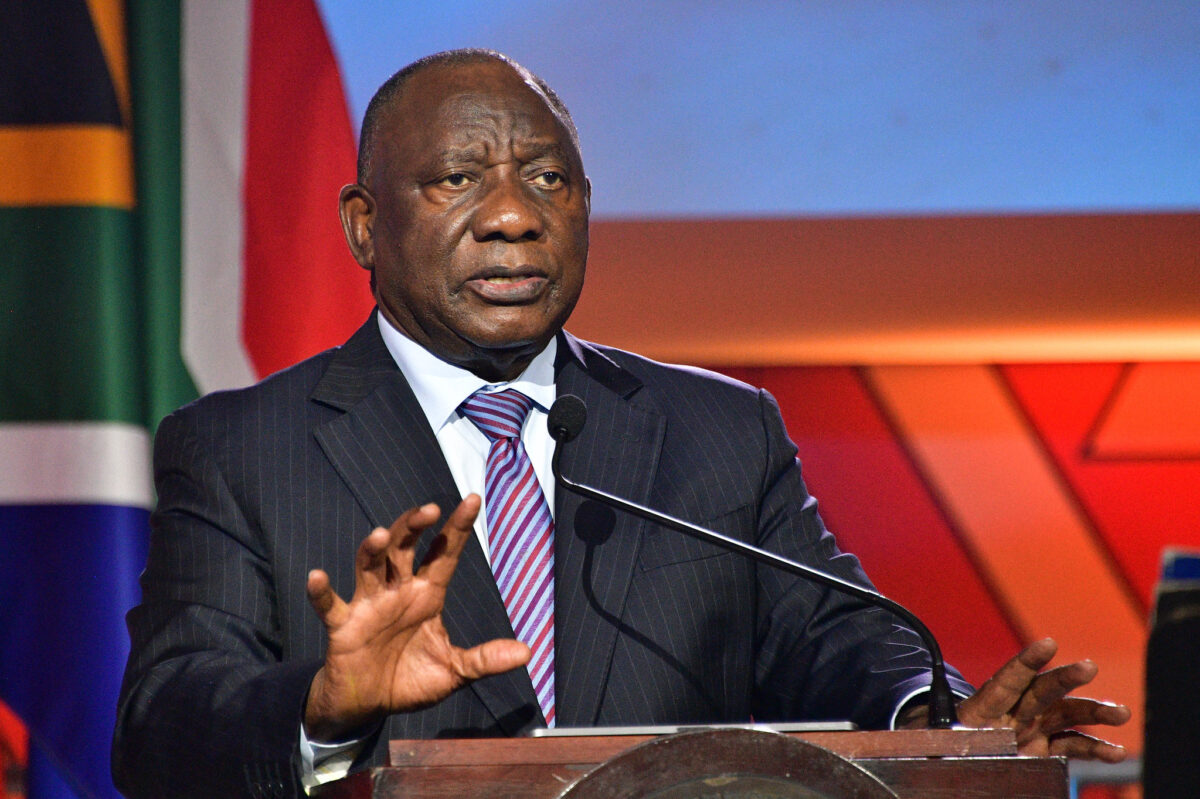End of load shedding ‘finally within reach,’ says South African president
10 February 2024
South African President Cyril Ramaphosa said the end of load shedding in South Africa is “finally within reach” during a State of the Nation Address on Thursday.
The president said the South African government’s Energy Action Plan is being implemented with a “single-minded focus” to address the energy crisis that has troubled the country.
Issues with load shedding in South Africa date back to 2007, but have worsened in recent years, with Ramaphosa declaring a “Stage 4 load-shedding earlier on Thursday. According to its website, consumers can expect to be shed up to 12 times over a four-day period for two hours at a time, or 12 times over an eight-day period for four hours at a time.
Ramaphosa said on Thursday that the government has delivered on its commitment to increase private investment in the grid. He claimed that this is “already helping to reduce load shedding.”
“Last year, we implemented a major debt relief package which will enable Eskom to make investments in maintenance and transmission infrastructure and ensure its sustainability going forward,” Ramaphosa said. “Since we revived our renewable energy programme five years ago, we have connected more than 2,500 MW of solar and wind power to the grid with three times this amount already in procurement or construction.”
Ramaphosa added that regulatory reforms are contributing to the development of more than 120 new private energy projects, while tax incentives and financial support have driven an increase in rooftop solar capacity. Figures from Eskom show that South Africa added 1.82 GW of rooftop solar capacity in the first six months of 2023.
“Through all of these actions, we are confident that the worst is behind us and the end of load shedding is finally within reach. But we are not stopping there,” said Ramaphosa.
The president said that plans to build around 14,000 km of new transmission lines to connect renewable energy projects, first announced by Eskom last fall, are now “in motion.” He said that to fast-track construction, private investment in transmission infrastructure will be introduced “through a variety of innovative investment models.”
Ramaphosa claimed this will make South Africa’s energy system “more competitive, sustainable and reliable into the future,” while ensuring that South Africa will “never face a similar crisis ever again.”
In November, Eskom switched on its largest battery storage project to date to mitigate the challenge of load shedding, as part of a wider battery storage rollout.
Related
-

Croatia prepares first bioeconomy strategy
13 January 2026
-

India mandates 20% domestic content in battery storage projects
5 January 2026
-

Spain launches EUR-90m subsidy scheme for pumped-storage hydro projects
5 January 2026
-

Botswana and KP Energy sign MoU to develop large-scale renewable energy
22 December 2025
-

South Africa adds 890 MW of solar to seventh renewables bid window
19 December 2025
-

Malaysia urged to screen contractors to cut “unhealthy” competition
17 December 2025








 京公网安备
11010802030424号
京公网安备
11010802030424号  京ICP备19046776号-2
京ICP备19046776号-2